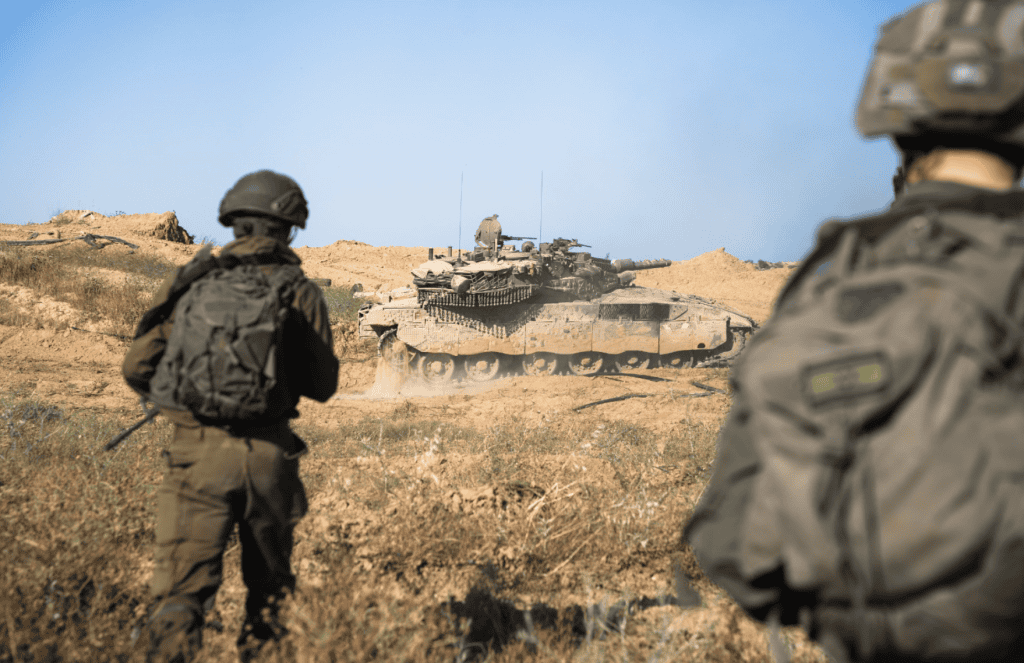
Almost seven months into the war in Gaza, Israelis are flocking to combat units in the Israeli Defense Forces at higher than expected numbers. The IDF published data on April 30 reflecting the percentage of recruits for various units in the army over the last two months. The data showed that men and women in Israel were seeking higher than expected recruitment to combat units, a choice which requires them to meet certain standards of fitness and complete other tests depending on the unit.
The women’s recruitment data for March and April was especially striking, showing that the artillery corps received 195% of the female recruits that it had sought. This would mean for every woman the corps expected to recruit, two were seeking the position. The IDF did not present precise numbers or reveal whether the corps would induct the additional women. Many combat units are not open to women in the IDF, even though more than 90% of units and roles in the IDF are open to women. Recent years have seen strides for women in combat, including a series of new border protection units that are coed as well as the first attempts to integrate women into tanks with all-female crews.
Women-led tank crews played a key role on October 7, driving tanks from an Egyptian border post to confront hundreds of terrorists on the Gaza border. Women in the artillery serve in various positions, including in the Sky Rider unit which uses Skylark drones to aid the 215th artillery brigade in targeting. In September 2023, the IDF also opened two commando units, the Yahalom combat engineers and 699 helicopter rescue unit, to female recruits to try out the intense training required.
The wave of women joining combat units began after the war started in October 2023. December 2023 recruitment data showed units receiving more than 100% of the number of female recruits it had aimed for. The March and April data confirms the trend, illustrating how women are flocking to the combat units and combat adjacent units that are open to them.
In 2023, a total of 62% of IDF recruits were men, reflecting the fact that women have more exemptions for army service. However, motivation to serve in combat units had declined among Israeli men before the war. In December 2022, only 66% of male recruits said they wanted to serve in combat roles. That trend appears to have been reversed due to the war. Among the units that saw the highest number of additional men seeking recruitment compared to what was expected were the combat engineers, artillery and the Nahal, Givati, Golani and Kfir infantry brigades. The armored corps also saw a 130% increase over its numbers from March 2023. The armored corps will need the additional men because it is currently expanding the number of regular army tank companies it has, adding a regular army company to each battalion in the coming years. The process has already begun with three new companies being trained. This won’t alter the number of tanks in the battalion, because in the past the battalions had two regular companies and a reserve company, meaning around 36 tanks per battalion. It will essentially mean the three regular armored brigades of the IDF, the 7th, 188th and 401st, will now have access to more regular army soldiers, rather than relying on reservists to fill out the ranks. The IDF has a number of reserve armored brigade units.
Overall, the numbers show that almost every combat unit is receiving over 100% of the number of men it had been seeking and planned to receive, and the numbers among women joining are even higher. In January, Israeli media reported that the IDF was seeking an additional 7,000 soldiers, apparently above the numbers it estimated it would recruit. This comes as the IDF has also suffered the loss of 608 soldiers with more than 3,000 wounded.







